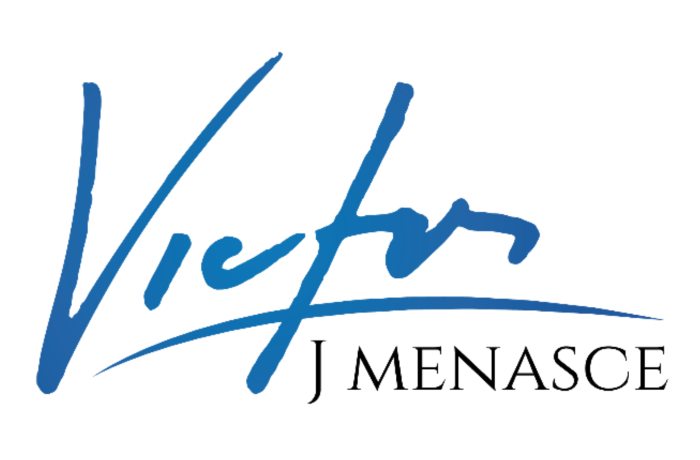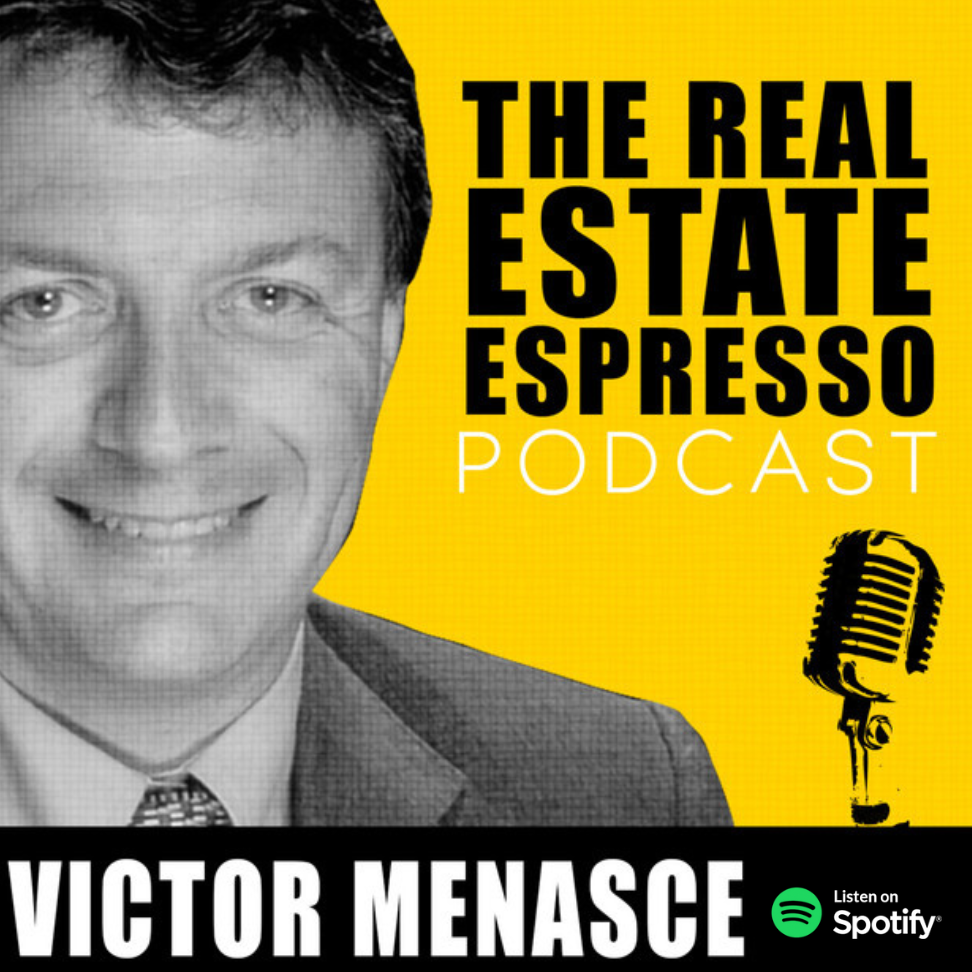BOM – “Profit First” by Mike Michalowicz
Welcome to the Real Estate Espresso Podcast, your morning shot of what’s new in the world of investing. I’m your host, Victor Menasce. Happy first of the month! On the first day of each month, we review the book of the month. To be considered for book of the month, a book has to meet a simple criterion. It has to be impactful enough that it will either change your life or your perspective on the world. Of course, whether it does or not is entirely up to you. If you consume the book as a piece of entertainment, you’re missing the point. On the other hand, if you internalize its lessons and let them become part of you, you have a realistic shot at lasting growth.
Our book this month is definitely worthy of being Book of the Month. It’s “Profit First” by Mike Michalowicz. You’ve no doubt heard the advice from financial advisers called “pay yourself first”. While this book may sound like it’s offering the same advice, it’s actually quite different. It provides an in-depth look at the human behaviors that lead to a money management cycle that can ultimately become a trap.
Most businesses focus on growing revenue to generate cash and stay ahead of expenses. However, the problem with this approach is that additional revenue also attracts hidden expenses, which can erode the benefit of the added revenue. Some businesses actually grow themselves into the ground. At the very least, the relentless focus on adding revenue diverts attention from the primary motive, which should be profit for the owners.
Profitability is a decision that should be made first, but most businesses treat profitability as a consequence of all the other decisions. Profit ends up being the leftover. Many business owners end up reinvesting their income to grow the business and in doing so, often end up working for free or at least for far less than they’re worth.
What the author teaches is how to establish new money management governance within your business that becomes a new set of habits. And these habits eventually become muscle memory – they become normal. He effectively changes the profit equation. We’re all familiar with the equation that says sales minus expenses equals profit. In contrast, the author flips that on its head, saying, sales minus profit equals expenses.
So here’s how the Profit First Method works. You allocate the profit first. Every time you generate income, you allocate a predetermined percentage of that income to profit before you cover expenses. The idea is to pay your business first in terms of profit and then manage the rest.
He advocates setting up multiple bank accounts for organizing your cash flow. Each of these bank accounts plays a role. For example, there’s an income account where all the incoming revenue is deposited. Then there’s a profit account where a portion of income gets immediately siphoned off and allocated. There’s the owner’s compensation account, which separates the concept of profit from owner’s compensation. After all, you want to make sure the owner gets paid. Then there’s a tax account for income taxes, sales taxes, and other tax liabilities. You’re prepared when it comes time to pay those taxes. The last one is an operating expense account where the leftover funds are used to pay business expenses.
On a regular monthly basis, maybe biweekly or monthly, you allocate a set percentage of the funds in the income account to each of the other accounts, based on your predetermined allocation percentages. The goal is to maintain discipline and consistently prioritize profit.
For example, and I’m just going to make up some numbers here, you might set a profit target of 10%, owner’s compensation at 25%, 15% for taxes, and anywhere from 40 to 50% for operating expenses. Of course, your percentages will depend on the size and profitability of your business. I didn’t actually check to see if the numbers I threw out added up to 100, maybe they don’t. But the goal is to gradually adjust these percentages over time to increase profit.
The key is to limit spending based on allocation. By putting constraints on how much money is available for operating expenses, it motivates you to think creatively and make more efficient use of your resources. This naturally keeps costs down and prevents overspending. So if you allocate money to profit first, and you don’t have enough money to cover expenses, you’re forced to look at what expenses you’re going to cut.
The problem with the traditional cash management method in business is that it encourages cyclical behavior. You’ve no doubt seen those businesses driving their sales organizations to book revenue within the quarter. Those end-of-quarter sprints are symptoms of the cyclical mentality many businesses operate under. Cash comes into the company’s account in chunks, and then it gets spent as quickly as it came in to cover expenses. However, by having a more disciplined cash management process, much of the frantic fluctuation in cash can be avoided.
Therefore, you’ll want to set your allocations consistently. Establish a routine, maybe on the first and fifteenth of each month. In our case, we have chosen the tenth and the twenty-fifth. This is when you want to transfer money from your income account to your other accounts. Consistency is the key to this system’s success. For instance, if you deposit $10,000 in the income account and your target profit allocation is 10%, you’d immediately move $1,000 to the profit account.
“Profit First” is more than just a book or a piece of good advice. It’s an entire framework for running your business. When we considered how easy or difficult it would be to implement this in our organization, we realized that it fits perfectly with the systems we already use to manage the construction draws in our ongoing construction projects. The key is to put the steps in place and follow them.
What’s more important than the actual dollar amounts in each of the five buckets is that you have the five buckets and you use them consistently every month. So, start small if you’re tight on cash flow. Even if you just put a small percentage, maybe 1%, and then gradually increase as you adjust.
This process is very similar to how my wife and I stopped eating meat and shifted towards a vegetarian and eventually a vegan diet. We didn’t make a single decision to stop eating meat from one day to the next. Instead, it was a series of very small decisions over a period of time that were actually very easy to implement. In retrospect, the change was completely effortless.
If you want to improve the discipline with which you manage your business, go get a copy of “Profit First” by Michael Michalowicz. Make the rest of your day the best of your day and go make some great things happen. I’ll talk to you again tomorrow.
STAY CONNECTED:
For more insights into my real estate investing, follow me:
Real Estate Espresso Podcast:
- 🎧 Spotify: The Real Estate Espresso Podcast
- 🌐 Website: www.victorjm.com
- 💼 LinkedIn: Victor Menasce
- 📺 YouTube: The Real Estate Espresso Podcast
- 📘 Facebook: www.facebook.com/realestateespresso
- 📧 Email: [email protected]
Y Street Capital:
- 🌐 Website: www.ystreetcapital.com
- 📘 Facebook: www.facebook.com/YStreetCapital
- 📸 Instagram: @ystreetcapital


